Jessamyn West here, Community Manager of the Flickr Commons program. I mentioned Flickr user wakethesun during my last blog post. What I did not mention was that wakethesun, also known as Sarah Beaupre, is a longtime Flickr Commons enthusiast who has been finding and classifying ALL of the animals and birds in the 1.9 million photos which are in Flickr Commons. Just look at these impressive galleries! I reached out to her to ask her a bit about her process and about her own photography.
Ødeleggelsene i Gamvik by Arkivverket (National Archives of Norway)
Jessamyn West: Tell us a little bit about yourself, whatever you’d like to share?
Sarah Beaupre (Wakethesun): My name is Sarah and I’ve lived most of my life in Delaware, after being born in England. I’ve been obsessed with animals since I was little, and that extends to basically every part of my life – my first CD when I was a kid was orca sounds set to music. I have some long-term health issues that keep me from having any sort of regular job, other than pet or farm sitting, but I’ve also recently become a docent at a zoo.
JW: How long have you been on Flickr? Have you always been into photography?
Sarah: I’ve been on Flickr since 2008, and have been uploading consistently since then (other than a brief break during one of the transfers of ownership). I’ve always loved taking photos! As a kid – I was born in the late 1980s – I always wanted to be taking the photos, not in them. Which meant the photos were usually of a random squirrel or dog, rather than family ;)
[Five men, a boy and a dog] by Auckland Museum Commons
Sarah: I did four years of photography in high school, which was primarily using a darkroom and doing everything myself; I won several Scholastic Art Award keys, including a silver for my portfolio at the end of high school (which was of animals, of course).
JW: I learned about you when I started working for the Flickr Foundation because of your amazing curation of various Flickr Commons images. How did you decide to start doing this? Why do you like doing it? Why animals in particular? Have you gotten any feedback about your gallery work?
Sarah: I started doing these galleries back when the Commons first started and galleries only allowed 18 images. Even then, I wanted to include everything, but I wasn’t sure I’d be able to create hundreds of galleries. The jump up to 500 was extremely welcome! I’ve always loved finding animals in art; if I’m in an art museum, that’s what I’m looking for. I’m particularly drawn to older, historical images. They tell so much about what life was like and how we’ve progressed, for better or worse. I found myself often looking at Commons accounts for animal photos, and thought galleries would be a better way to save them than putting them in my favorites.
Go by zebra! by Public Record Office of Northern Ireland
Sarah: The many ways animals are part of our lives has changed so much in the last 150 years! Going from horse transportation to cars is the big, obvious one, but it’s much more intricate than that. To me, the breadth of the photos tells a story of society as a whole, one that is often forgotten. This is a large part of why I include every image. There’s always the nice portraits where the animal takes up most of the frame, but the story is really in the ones where the animal isn’t the focus and just happens to be there, or when a family or sports team decides to include a pet in a group portrait, things like that.
CO 1069-527-87 [Borneo] by The National Archives UK
Sarah: This is why I ended up doing galleries for art/illustrations, as well, after initially not including them. Including a dog running around in an illustration of a town is a choice an artist makes, for example, and that adds to the overall story of animals in our lives. The only other person who has ever said a word to me is Mike Rhode, the archivist of the Navy Medicine page, who sent me a nice thank you note! As far as I’m aware, the only people who know about the galleries are the account managers getting all of my alerts for adding their photos :)
Walter Reed National Military Medical Center Holds Annual Blessings of the Animal’s Ceremony 241008-O-CI346-1662 by Navy Medicine
JW: You’ve told me that you’re a bit of a completionist, and now that Flickr allows large galleries you hope to include every image that contains an animal. Can you talk a little bit about the challenges involved in that?
Sarah: There are two main challenges – image size, and repeat photos. Some accounts have very small images of a poor quality, which makes it near impossible to find anything at all. A majority of the accounts have uploaded some images multiple times, as well. For some this extends to 5+ of the same exact photo, sometimes multiple on the same page. I’ve had a tough time deciding what to do about this. Is completeness including every single thing, even if it’s a repeat? Or is it enough to have one representation of it? There’s also the problem of me noticing those repeats! Sometimes they aren’t so obvious, or I’m not sure and would have to double check, and that adds a lot to my time. There are some uploaded by multiple members, even, like this one.
Ice cased Adelie penguins after a blizzard at Cape Denison by State Library of New South Wales and National Library of Australia
Sarah: Additionally, I would love to be able to move the images around in order a bit more. Either putting them together by organization, time period, or theme. I could attempt it, but that would involve so many alerts for the accounts and I don’t want to do that to them! I wish I’d done it sooner, but I ended up making a gallery titled Possibly an animal? for all of the ones where I’m not quite sure if something is an animal or not (often the file size is too small), along with a few where I can’t decide what the species is (usually a horse or cow). If there’s an obvious animal in the photo, that’s not the one I’m wondering about :)
Homme en costume traditionnel et turban marchant dans la rue, Maghreb by Bibliothèque de Toulouse
JW: Do you have any favorites? Either galleries or images or Flickr Commons accounts
Sarah: In general, I love sighthounds and draft horses, and any photo with a wild animal that isn’t dead. I still like being surprised by finding an animal! I open nearly every photo to view larger because I’ve spotted animals in so many random settings that you’d never think to look for something.
Vee Jays onshore by Australian National Maritime Museum on The Commons
JW: Can you tell me a little bit about your process? How do you do this thorough work?
Sarah: I have a spreadsheet that lists all of the Commons members. There are then columns for:
- # Photos
- Last Update – When the account last uploaded new images
- # Previous – I have no idea when this is from, but I found an old spreadsheet I had with the list too
- Last Worked On – When I last went through the account
- Illustrations Done – I had to backtrack when I decided to add illustrations, so I had to make note of which ones I’d done; I’m caught up now so should probably just delete this one
- Country – Where they’re based
- Notes – This includes former names of the account, a link to the last image worked on if they frequently update, if the account is no longer part of the Commons, and any general notes like “LOTS of duplicates” or “Doesn’t allow galleries!”.
From there I went through each account, starting with the lowest number of photos first, up until I hit ones with around 2,500. Now I’ve been jumping around so as not to burn myself out on anything. Some accounts are really tedious; lots of repeats, small image files where it’s hard to make out anything. Some are a breeze. Then there’s ones like what I’m going through right now, National Library NZ. It’s fun, but is taking a long time, because most of the images have an animal somewhere once you enlarge them! They have large image sizes (WONDERFUL) and I’m finding so many hidden dogs and horses. Hidden ones probably don’t make the best content for casual viewers, but they’re my favorite.
Maurice Maeterlinck, The blue bird by National Library NZ on The Commons
Sarah: I’m currently undecided about what to do about repeats. Some I’ve saved knowing they’re repeats, sometimes I deliberately don’t include them. I’ll probably try to remove them once I’m done but that’s going to be such a pain, since I’ve worked on this over a number of years and photos from one account can be spread out across several albums for that species/type. My coding knowledge doesn’t extend beyond 2005 or so, so I have no idea how to do anything easier :D
Sarah’s included a bonus story!
Even with dogs, I’m very into the history of breeds and all of that, especially ones I’m involved with. While going through what was then the State Library and Archives of Florida, now Florida Memory in November 2010, I came across this image.
Children posing with Dan the dog: Tallahassee, Florida by Florida Memory
Sarah: The dog is unmistakably a vizsla, a breed I owned a pair of at the time. The official story of the vizsla in America, told in numerous books and articles, is that US State Department employee, Emmett Scanlan, brought over several dogs starting in 1950. This led to the forming of the Vizsla Club of America. This photo, though, was from ca. 1915! I reached out to Katrina Harkness, the Education Officer for the State Library and Archives of Florida, through a Flickr message. She was so, so much help. There are names of the children attached to the photo, with their last names being prominent families in the area, but it was unknown if they were related.
The week I messaged Katrina, the president of the Tallahassee Historical Society, Claude Kenneson, happened to stop in. Claude spent some time researching the names and found out they were indeed related to the current families. He telephoned them and sent along the photo. I don’t seem to have the rest of our correspondence, but I recall Claude being able to speak with the families over Thanksgiving while more people were in town, and someone recalled a family member had visited Hungary and likely brought the dog back.
You can view all of Sarah’s carefully curated galleries on Flickr.com as well as her own photography. I was really grateful for the time she spent sharing her thoughts and her process with me.
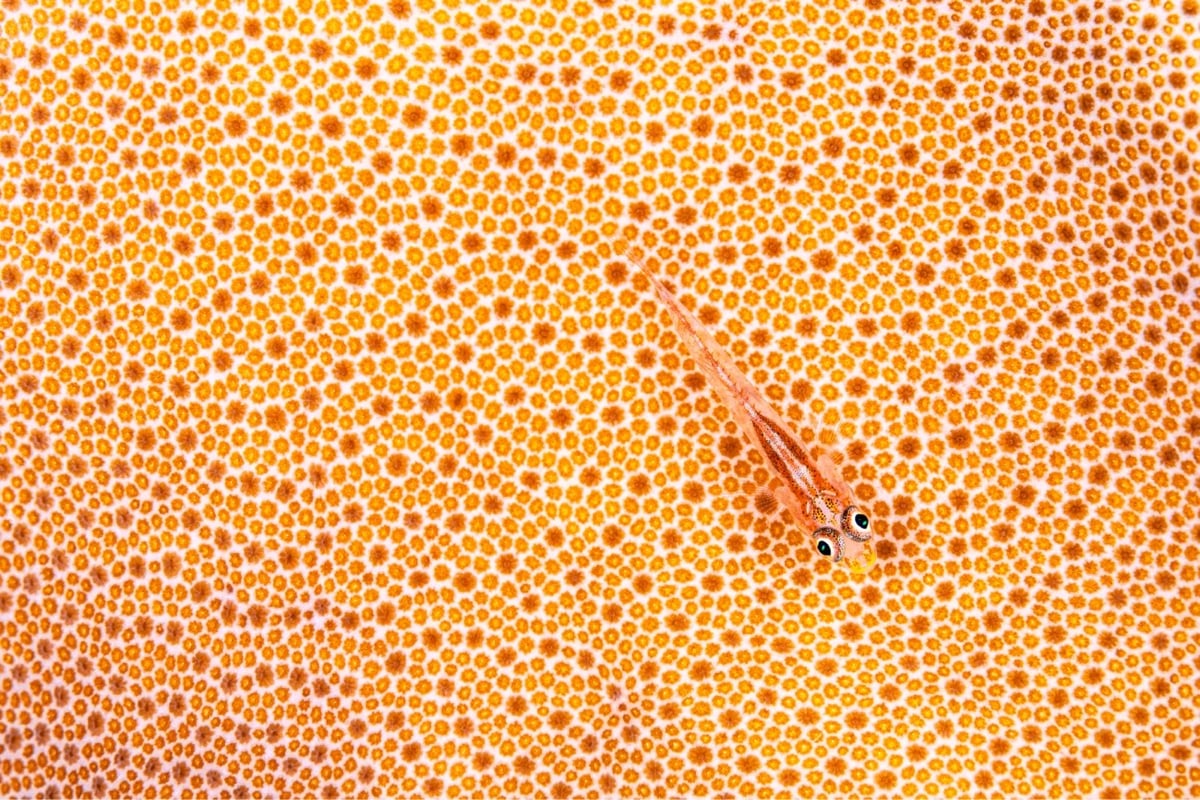
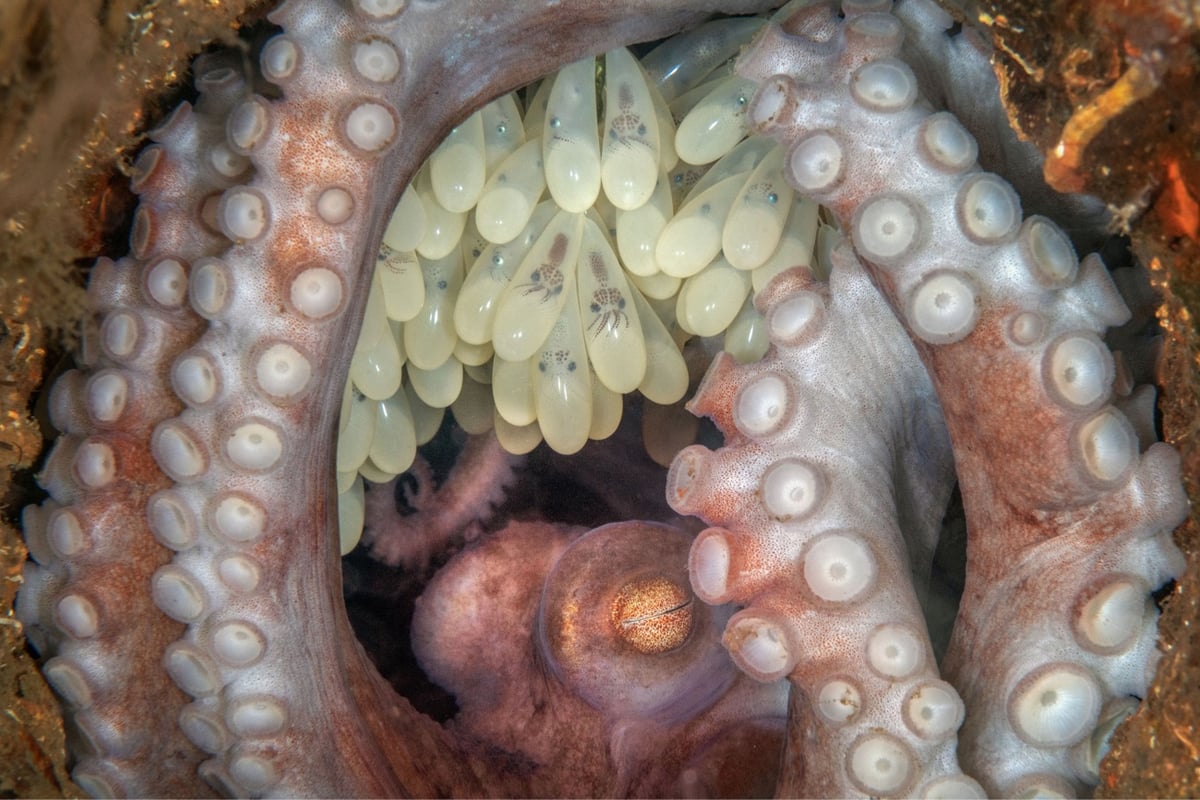
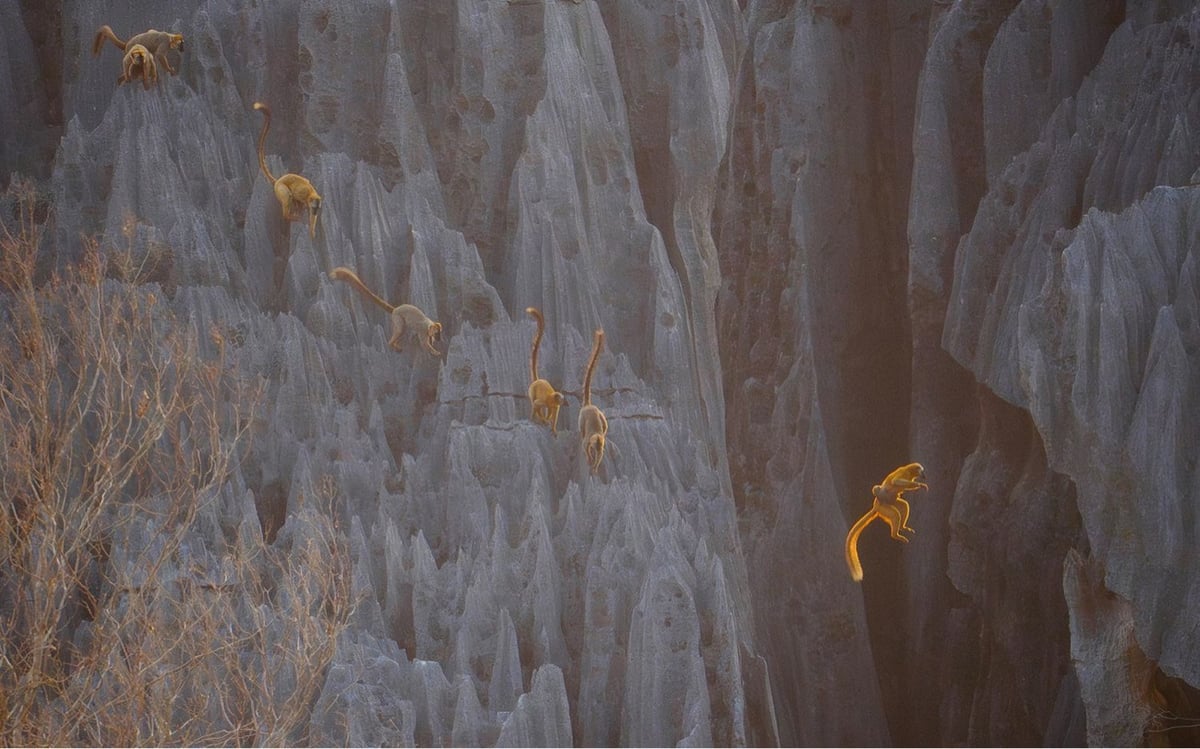
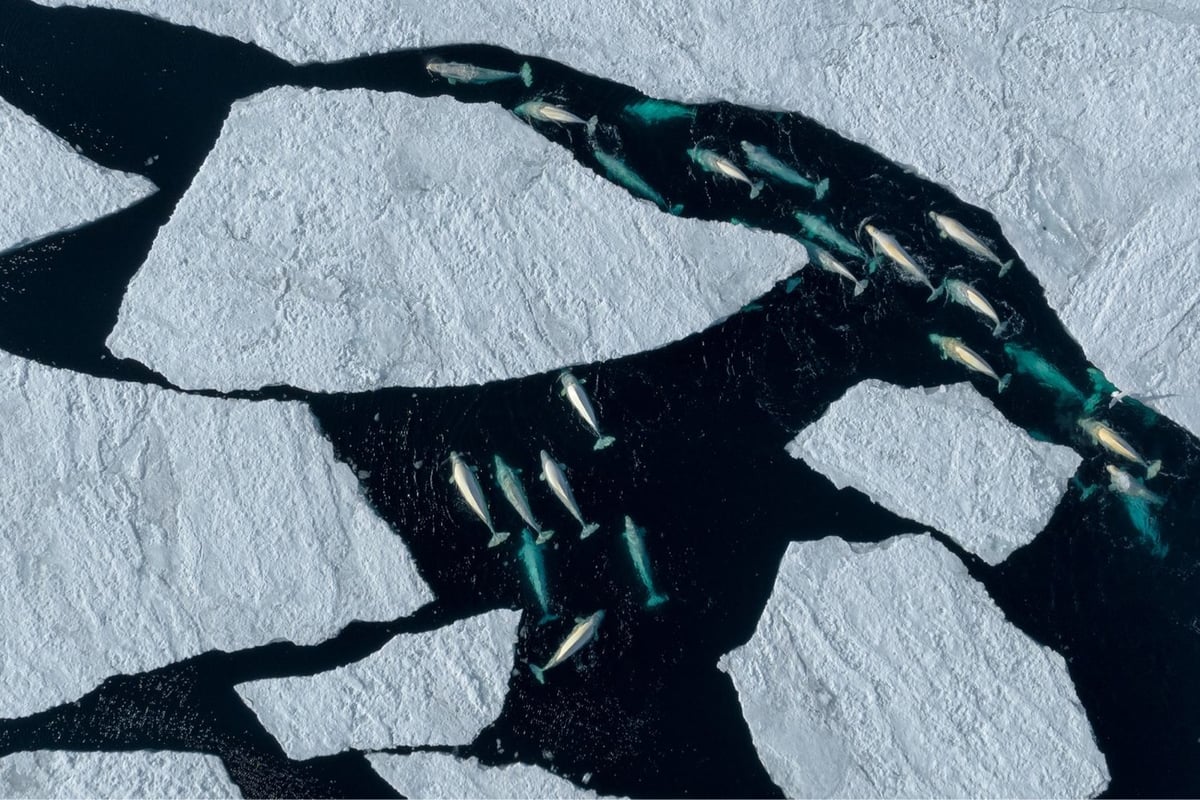
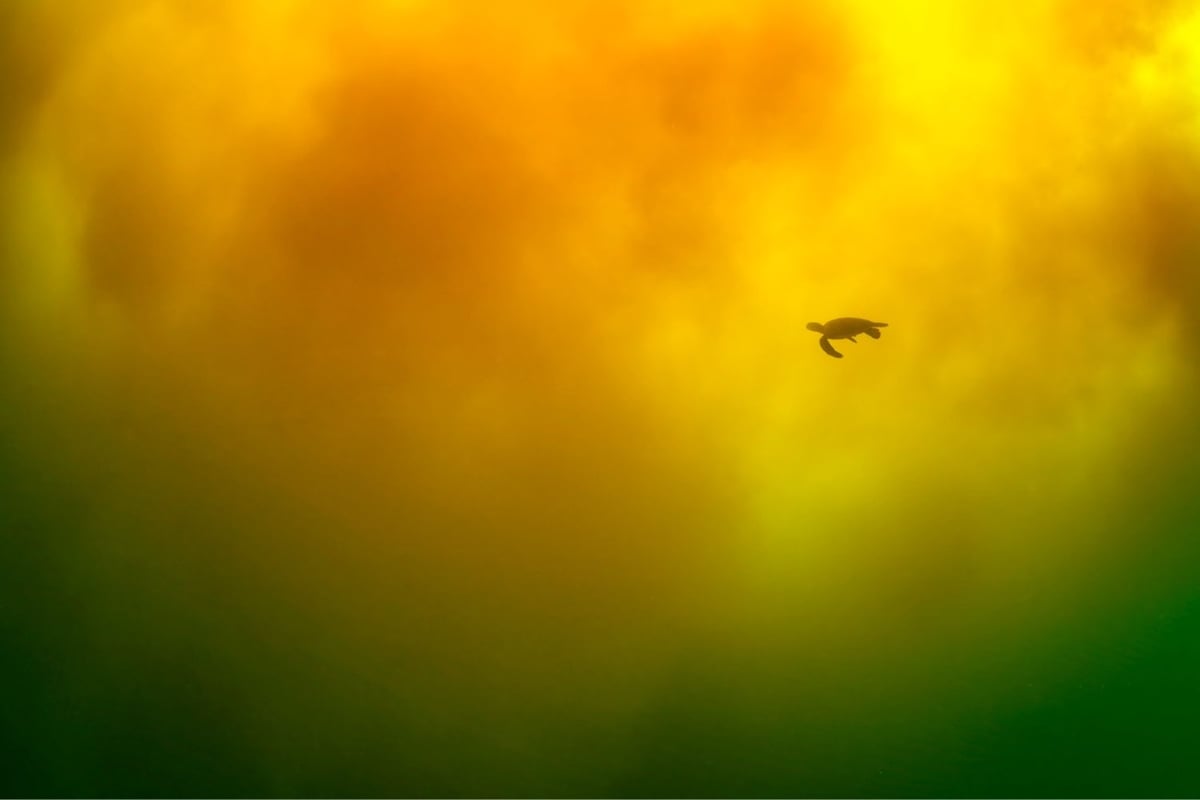

![[Five men, a boy and a dog]](https://live.staticflickr.com/65535/54450551413_a46d2d6aa7_b.jpg)



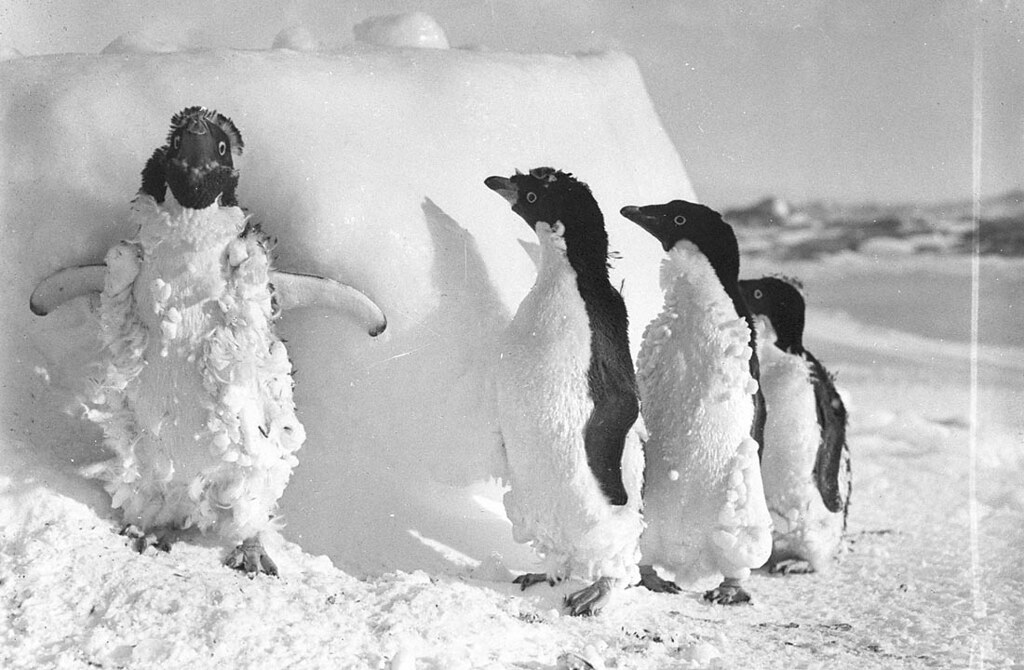





/s3/static.nrc.nl/wp-content/uploads/2025/07/14190424/web-1407SPO_etappe10.jpg)
/s3/static.nrc.nl/images/gn4/data134961364-f18cb1.jpg)

